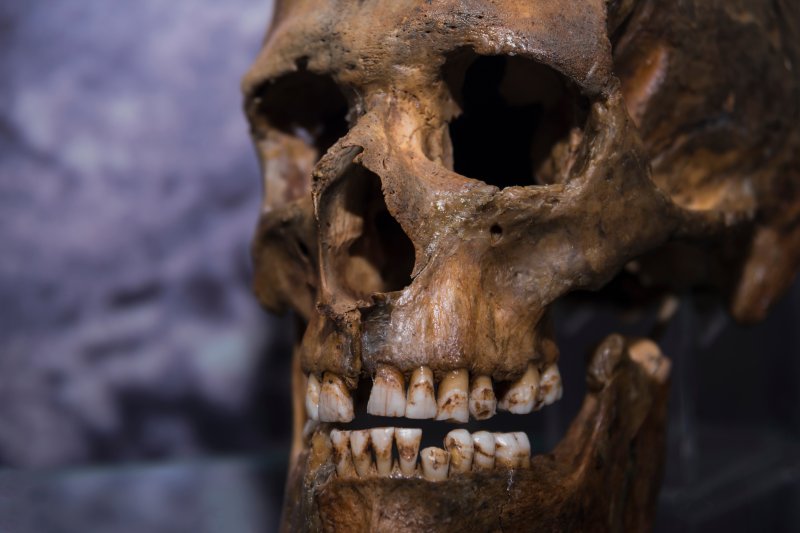Dead Teeth Tell Tales: What Archaeologists Learn from Ancient Pearly Whites
December 13, 2024

Humans use their teeth a lot throughout their lives, and the eating and chewing habits of different people can leave different marks upon their smiles. Human teeth are not uncommon discoveries at archaeological dig sites, and these ancient pearly whites can tell scientists a lot about how people lived throughout history. Here’s some information about what archaeologists have been able to learn by studying teeth.
What Did People Eat?
Communities throughout history have lived on different diets based on where they lived and the resources available to them, and archeologists can learn a lot about an ancient individual’s eating habits by studying their teeth. For example, the erosion found on the teeth of ancient Egyptians shows how sand made its way into virtually everything they ate. Similarly, the teeth of people who ate diets high in animal protein may show signs like chips and cracks caused by picking meat off bones.
It’s also believed that people had bigger jaws to accommodate the wisdom teeth needed to thoroughly chew coarse raw plant and animal matter in prehistoric times before the invention of cooking. Some research shows that dental issues like cavities became more common as people learned to farm since they were then able to enjoy larger amounts of carbohydrates like sugars and starches.
How Old Did People Get?
How long a person could expect to live has varied significantly from place to place throughout history, and studying teeth found at a dig site can tell scientists much about the lifespans of the people who lived there. By analyzing the sizes, shapes, positions, and growth patterns of teeth, archaeologists can determine if they came from infants, children, teenagers, young adults, or older adults. For example, older teeth are more likely to have thinner enamel layers as well as greater evidence of injury and infection.
How Well Did People Take Care of Their Teeth?
People haven’t always had dentists to take care of their teeth, and it really shows when you look at the teeth of ancient people. Whereas many of the world’s tribes subsisted on low-sugar diets of fresh meat and foraged plant matter, the people of Victorian England enjoyed sweetening their tea with imported sugar and brushing their teeth with honey to promote fashionable tooth decay. Accordingly, a hunter-gatherer’s smile may be in relatively great shape while an English noble’s grin may show signs of advanced infection.
Dental archeology is a fascinating field that has allowed us to learn much about how ancient people lived. If you’d like future archaeologists to find that you kept your teeth in excellent health throughout your life, contact your dentist to schedule your next exam and cleaning.
About the Author
Dr. Darrick Castleberry earned his dental degree at the Meharry Medical College School of Dentistry and completed a General Practice Residency with the United States Navy. He is proud to serve as a member of the Academy of General Dentistry, the Greater Houston Dental Association, and the Texas Dental Association. His office in Houston offers preventive, restorative, cosmetic, and emergency dentistry. If you’re interested in preserving your oral health, contact his office online or dial (281) 971-3440.
No Comments
No comments yet.
RSS feed for comments on this post.
Sorry, the comment form is closed at this time.
